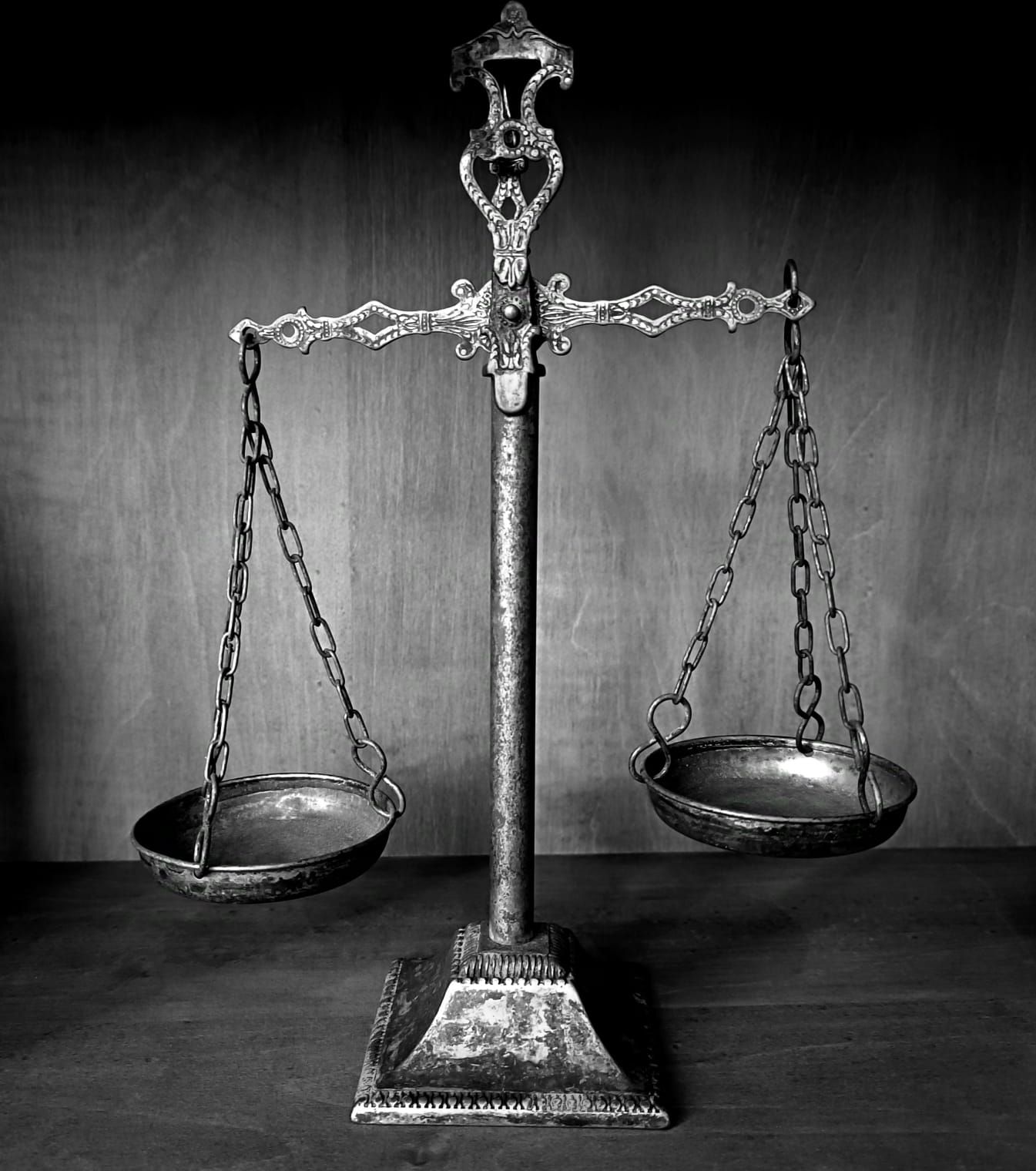News
Case Update: - The Court of Final Appeal Hands Down Ruling On the Meaning of Section 30(1)(b) of the Prevention of Bribery Ordinance
11 Apr 2025

On 1 April 2025, the Court of Final Appeal (“the CFA”) by a majority 3-2 ruling, delivered its judgment, to reinstate a former lawmaker, Lam Cheuk-ting (“Lam”)’s convictions of three counts of disclosing the identity of a person under investigation by the Independent Commission Against Corruption (“the ICAC”), contrary to section 30(1)(b) of the Prevention of Bribery Ordinance Cap.201 (“POBO”).
Background
Lam, who was present during the events of 21 July 2019 at the Yuen Long MTR Station—commonly referred to as the '721 Incident'—involving attacks by white-clad individuals on black-clad protesters, was invited by the ICAC to assist in their investigation as a witness. During the interview, the ICAC informed Lam that they were conducting an investigation on a superintendent named Yau Nai Keung (“Yau”) regarding allegations of bribery, a Part II offence under the POBO, and misconduct in public office, a non-Part II POBO offence. Lam was also reminded of the confidentiality requirements under the POBO."
Lam, however, later held three press conferences, during which he disclosed on each occasion that Yau was being investigated by the ICAC for “misconduct in public office” (a non-part II offence). As a result of these disclosures, Lam was charged with violating section 30(1)(b) of the Prevention of Bribery Ordinance (POBO) by revealing the identity of a subject under investigation. Lam was initially convicted by the Magistrate but then his conviction was quashed on appeal by the Court of First Instance. The Department of Justice appealed to the CFA with the following question:
“Upon a proper construction of s 30(l)(b) of the Prevention of Bribery Ordinance (Cap 20l) (‘the POBO'), in particular, the phrase 'the identity of the subject person', whether an offence under that section is committed when the defendant discloses the identity of the subject person by claiming that he is the subject of an investigation by the Independent Commission Against Corruption ('the ICAC’) in respect of an alleged or suspected offence not under Part II of the POBO only whilst, in fact and to the knowledge of the defendant, the subject person is the subject of investigation by the ICAC in respect of such an offence and also an offence alleged or suspected to have been committed under Part II of the POBO?”
Hence, the CFA is tasked to construe the meaning of s30(1) of the POBO, which reads
“Any person who knowing or suspecting that an investigation in respect of an offence alleged or suspected to have been committed under Part II is taking place, without lawful authority or reasonable excuse, discloses to—
(a) the person who is the subject of the investigation (the subject person) the fact that he is so subject or any details of such investigation; or
(b) the public, a section of the public or any particular person the identity of the subject person or the fact that the subject person is so subject or any details of such investigation,
shall be guilty of an offence and shall be liable on conviction to a fine at level 4 and to imprisonment for 1 year.”
Majority Judgment
Ribeiro PJ delivers the majority judgment, with Chief Justice Cheung and Allsop NPJ each delivering concurring judgments.
In his judgment, Ribeiro PJ first divides s30(1) into two parts, the mens rea part and the actus reus part. The mens rea part requires the defendant to know or suspect that an investigation is taking place "in respect of an offence alleged or suspected to have been committed under Part II of the POBO" while the actus rea part requires the defendant to actually make a disclosure, whether to the person who is the subject of the investigation, or to the public, a section of the public or any particular person concerning the fact that "the fact that the subject person is so subject" or "any details of such investigation". In this appeal, the CFA was concerned with the actus reus part, hence the question is, when under s30(1)(a) or (b) of POBO, the defendant discloses, in respect of the person subject to the investigation, “the fact that he is so subject”, how should the expression “is so subject" be interpreted? Would it suffice that the defendant just discloses that the subject person was subject to an investigation by the ICAC, or did the defendant have to go further and disclose that the inquiry was "in respect of an offence alleged or suspected to have been committed under Part II of the POBO? As will be seen hereinbelow, the CFA by a majority judgment, prefers the former interpretation rather than the latter.
Ribeiro PJ then identifies two potential interpretations of section 30(1). The first, a literal interpretation, necessitates the disclosure of an investigation into a Part II offence. The second, a contextual and purposive interpretation, requires only the disclosure of the existence of an ongoing investigation. Ribeiro PJ prefers the second interpretation, as it more accurately aligns with the statutory intent to safeguard the efficacy and integrity of ICAC investigations into corruption offences while at the same time protecting the reputation of individuals under investigation. Unlike the mens rea requirement, which focuses on the defendant's culpable state of mind by necessitating knowledge of an active Part II offence investigation, the actus reus elements are objective and designed to preserve the integrity of ongoing investigations. Additionally, the second interpretation accounts for situations where disclosures could be indirectly made without explicitly revealing the nature of the offence under investigation (§§39-42).
In addition, Chief Justice Cheung in his concurring judgment holds that this second construction, which is a broader construction, is permissible under the relevant provision as the Chinese text version of the s30(1)(b) which reads “該受調查人正受調查的事實” when translated, it would mean the fact that the subject person is under investigation”, hence the relevant prohibited disclosure concerned only with the fact that a person is the subject of an investigation.
Dissenting Judgment
In his dissenting judgment, Fok PJ identifies three distinct categories of prohibited disclosures under section 30(1)(b). While each category is designed to address different types of conduct, there are some overlaps among them. Furthermore, all categories include the term “the subject person". It is important to note that the definition of "the subject person" incorporates the fact of the person being the subject of "the" investigation, which in turn refers back to the introductory words of the s30 "an investigation in respect of an offence alleged or suspected to have been committed under Part II". It follows, then, that "the subject person" can only refer to an individual under investigation “in respect of an offence alleged or suspected to have been committed under Part II”. Consequently, the prohibition on disclosing the “identity of the subject person” can only mean revealing the individual's identity as being under investigation for a Part II offence.
Therefore, there is no alternative interpretation of s30 (i.e. the second construction as elected by the majority). Even if there had been one, the first construction would still be preferred over the second construction under a purposive approach. A straightforward reading of the pre-1996 version indicates when compared to the current version, a narrowing of the prohibition's scope. The aim of the current section 30(1) is to safeguard the integrity of “an investigation in respect of an offence alleged or suspected to have been committed under Part II”, rather than protecting ICAC investigations more broadly. In agreeing with Fok PJ, Lam PJ observes that the second construction would be too wide since it would prohibit disclosure such as a mere disclosure that the person is subject to a criminal investigation, without even mentioning the agency which is undertaking the investigation as long as there the prerequisite elements are fulfilled, namely: 1) there is an ongoing Part II investigation concerning the subject person, and 2) the person making the disclosure has knowledge or suspicion of such investigation; however, such construction would be too wide hence unbearable by the wording of s30.
Conclusion
As stated hereinabove, the majority judgment prevails by just a slight edge of 3-2 hence the interpretation of the relevant provision by no means is simple or straightforward. However, as matters stand now, the broader approach i.e. the second construction is the law, that for the purpose of s30(1), the prohibited disclosure needs not make reference to the Part II offence. One must be careful though, as this case concerns the circumstance under which the subject person is under investigation for both a part II offence and a non-part II offence. Whether the same law applies to a situation when there are two entirely separate and distinct investigations arising from different and unconnected facts with one investigation concerning a Part II offence and the other being a non-part II offence and the relevant disclosure concerns merely the latter offence, is unknown and has not been decided by the CFA as specifically pointed out by Chief Justice Cheung at §10.
The judgment can be found here.
Get in touch
We are here to assist you.
Let us know how we can work together towards your objectives.
